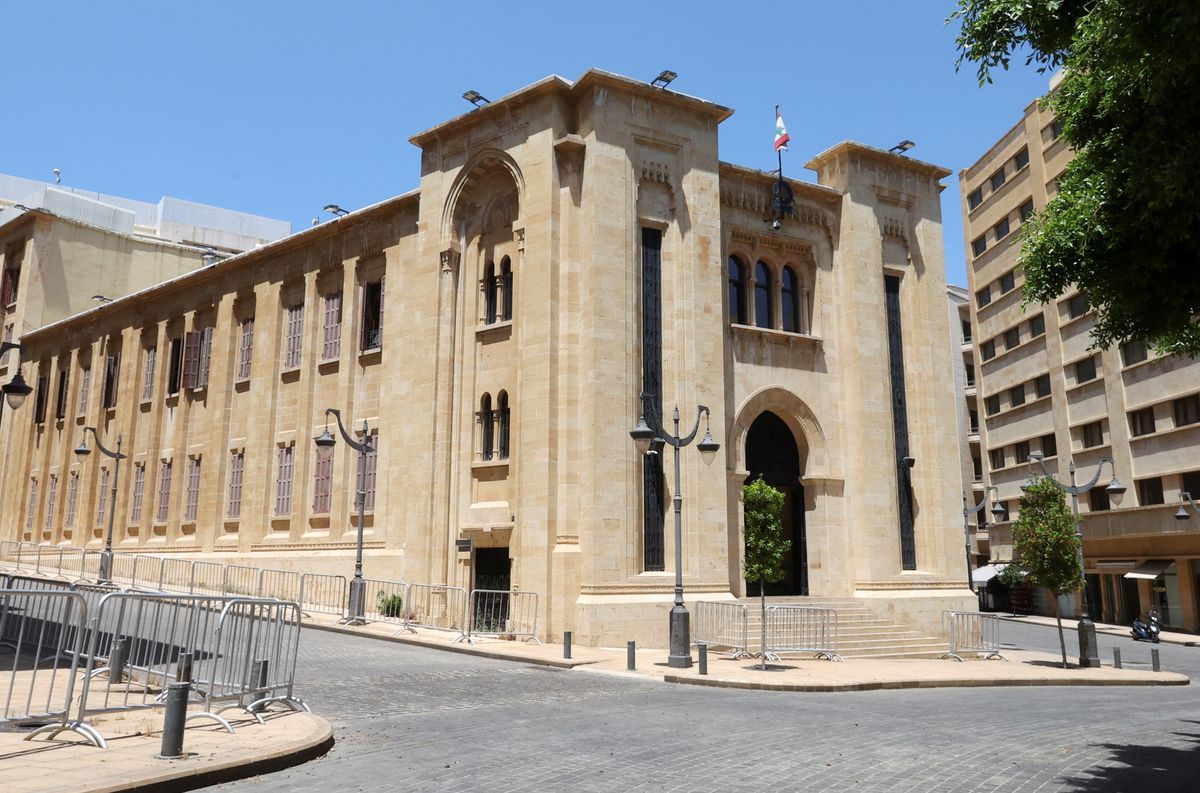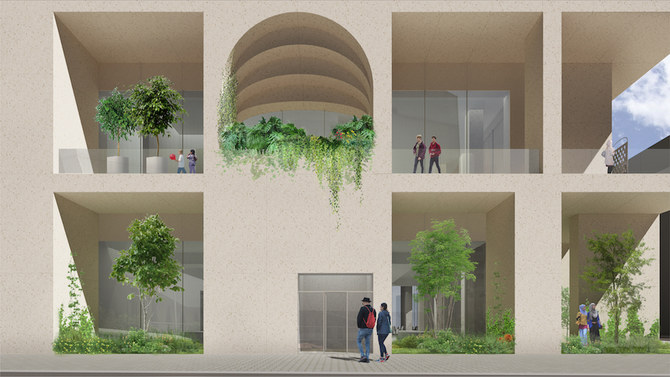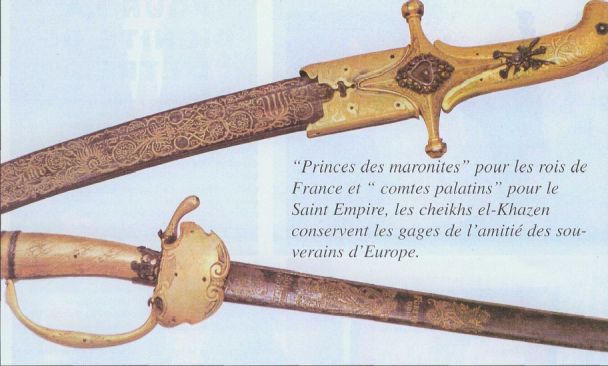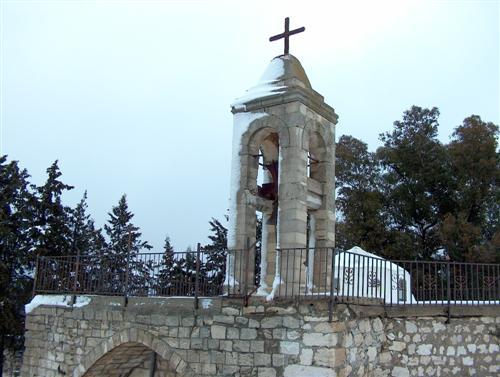
By Dale Gavlak -- VOA News -- AMMAN — Lebanon’s newly elected parliament begins its mandate Sunday, and one of its first acts is to elect a speaker and deputy speaker. The speaker position is held by a Shiite Muslim, and Hezbollah ally Nabih Berri has headed the parliament since 1992. Observers say reformist lawmakers and others in the new legislature see Berri as part of the long-standing problem related to corruption and Iran-backed Hezbollah influence. Observers say that it is not just the more than a dozen independents and reformists along with 19 lawmakers from the Lebanese Forces, a mainly Christian party and critic of Hezbollah and Iran, that do not want long-standing speaker Nabih Berri to keep his post. Even President Michel Aoun’s Free Patriotic Movement is against Berri’s nomination.
Habib Malik of the Lebanese American University tells VOA that this new parliament would like to see Berri, who has been around for nearly three decades, replaced by another Shiite leader. “An important milestone now will be the election of the speaker of the chamber. Nabih Berri, who has been there, is posed to want to return. There are mounting calls against him, and a lot of the new MPs will not vote for him. But here’s again where Hezbollah can play tricks and try to bring him,” he said. Dania Koleilat Khatib, with the Issam Fares Institute at the American University of Beirut, tells VOA that all the Shiite lawmakers are either from Berri’s Amal Movement political party or Hezbollah, so an independent Shiite lawmaker is unlikely. “Will they vote for Berri to become again as speaker of the parliament? They’re saying that Berri might now, just to save face — to say that he was outvoted — he will say that I will retire. He will suggest one of his people to be the speaker of the parliament. Someone, of course, that he can control 100%,” she said.
The false story published by tayyar.org about Cheikh Sari el Khazen is a typical example of a declining party that is failing …
NNA – Head of the “Democratic Gathering” parliamentary bloc, MP Taymour Jumblatt, stressed today on “the continued struggle for Lebanon’s sovereignty to …

By Rawaa Talass -- arabnews.com -- DUBAI: For many Lebanese, the past can be a painful subject. A civil war destroyed large swaths of the country between 1975 and 1990. The postwar period has been marked by sectarian strife and government dysfunction. But in spite of the traumas of recent decades, Lebanon remains a land of immense cultural wealth, with a rich history reflected in its architectural, cultural and anthropological heritage. This is why the Beirut Museum of Art, or BeMA, which is due to open in 2026, has been billed as a “beacon of hope” in a country beset by political paralysis, economic decline and a worsening humanitarian crisis.
When Sandra Abou Nader and Rita Nammour launched the museum project, their goal was to showcase the wide diversity of Lebanese art and provide facilities for education, digitization, restoration, storage and artist-in-residency programs. “They realized that there was, in fact, very little visibility for the Lebanese artistic scene, within the country and abroad, and for Lebanese artists, whether modern or contemporary,” BeMA’s art consultant, Juliana Khalaf, told Arab News. About 700 works of art will be on display at the new venue, drawn from the Lebanese Ministry of Culture’s collection of more than 2,000 pieces, the bulk of which have been in storage for decades. “We are going to be housing this very important collection,” said Khalaf. “We call it the national collection and it belongs to the public. It’s our role to make it, for the very first time, accessible. It’s never been seen before.”
Khazen History


Historical Feature:
Churches and Monasteries of the Khazen family

St. Anthony of Padua Church in Ballouneh
Mar Abda Church in Bakaatit Kanaan
Saint Michael Church in Bkaatouta
Saint Therese Church in Qolayaat
Saint Simeon Stylites (مار سمعان العامودي) Church In Ajaltoun
Virgin Mary Church (سيدة المعونات) in Sheilé
Assumption of Mary Church in Ballouneh
1 - The sword of the Maronite Prince
2 - LES KHAZEN CONSULS DE FRANCE
3 - LES MARONITES & LES KHAZEN
4 - LES MAAN & LES KHAZEN
5 - ORIGINE DE LA FAMILLE
Population Movements to Keserwan - The Khazens and The Maans
ما جاء عن الثورة في المقاطعة الكسروانية
ثورة أهالي كسروان على المشايخ الخوازنة وأسبابها
Origins of the "Prince of Maronite" Title
Growing diversity: the Khazin sheiks and the clergy in the first decades of the 18th century
Historical Members:
Barbar Beik El Khazen [English]
Patriach Toubia Kaiss El Khazen(Biography & Life Part1 Part2) (Arabic)
Patriach Youssef Dargham El Khazen (Cont'd)
Cheikh Bishara Jafal El Khazen
Patriarch Youssef Raji El Khazen
The Martyrs Cheikh Philippe & Cheikh Farid El Khazen
Cheikh Nawfal El Khazen (Consul De France)
Cheikh Hossun El Khazen (Consul De France)
Cheikh Abou-Nawfal El Khazen (Consul De France)
Cheikh Francis Abee Nader & his son Yousef
Cheikh Abou-Kanso El Khazen (Consul De France)
Cheikh Abou Nader El Khazen
Cheikh Chafic El Khazen
Cheikh Keserwan El Khazen
Cheikh Serhal El Khazen [English]
Cheikh Rafiq El Khazen [English]
Cheikh Hanna El Khazen
Cheikha Arzi El Khazen
Marie El Khazen